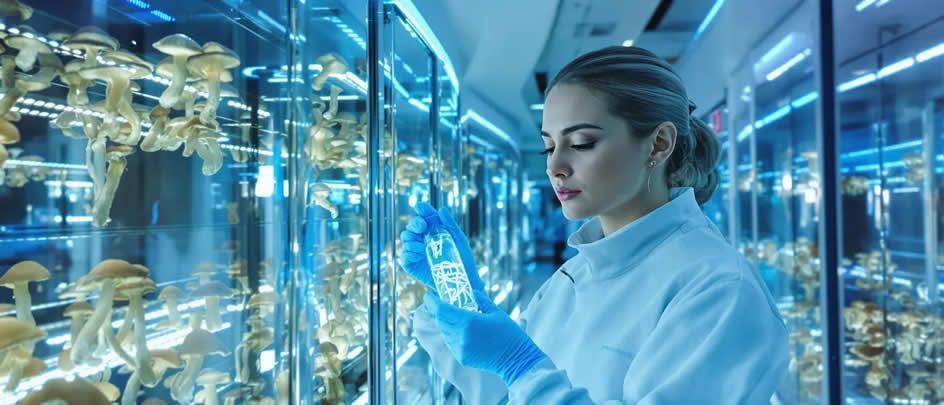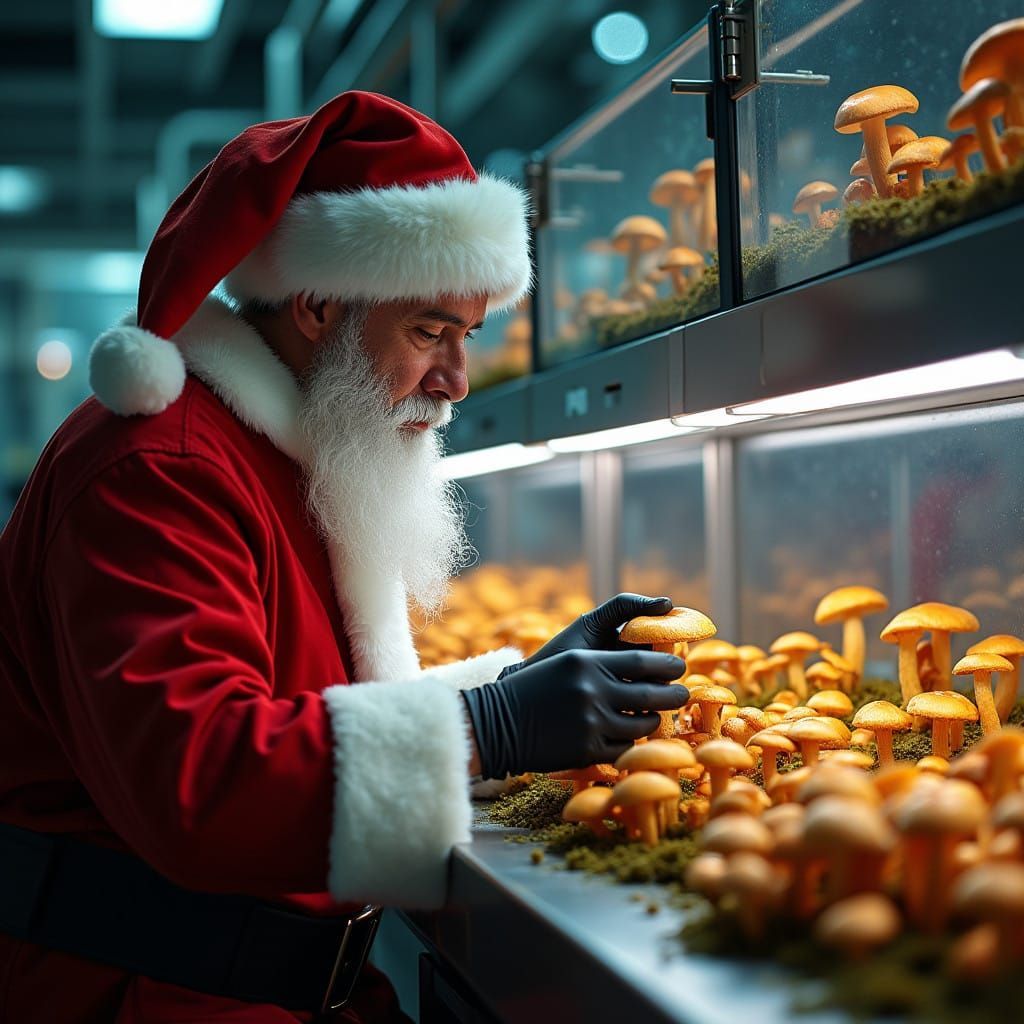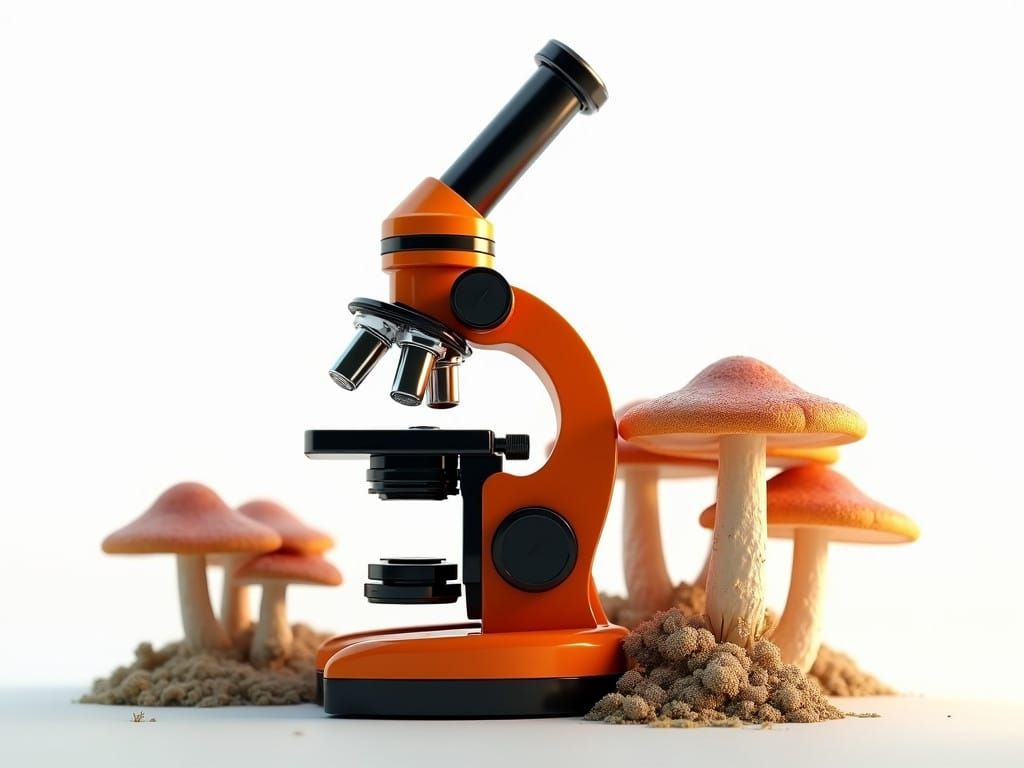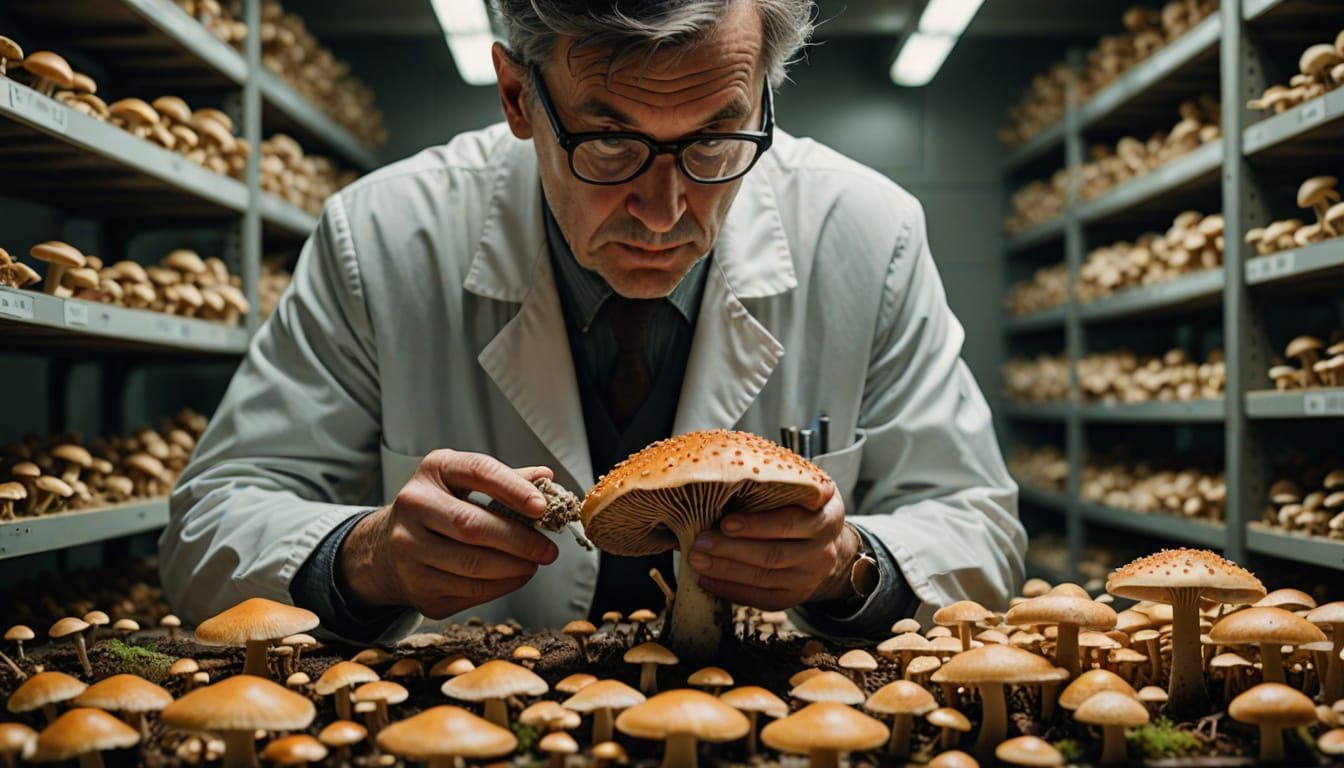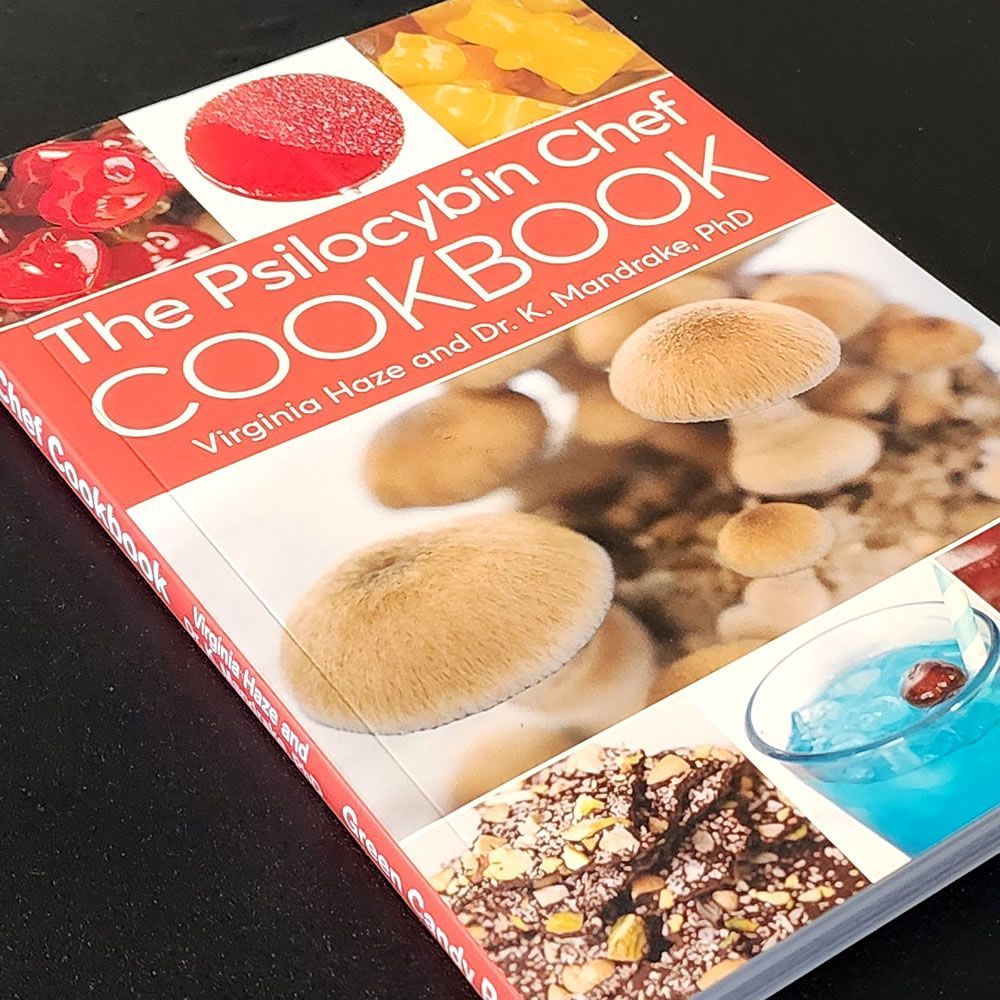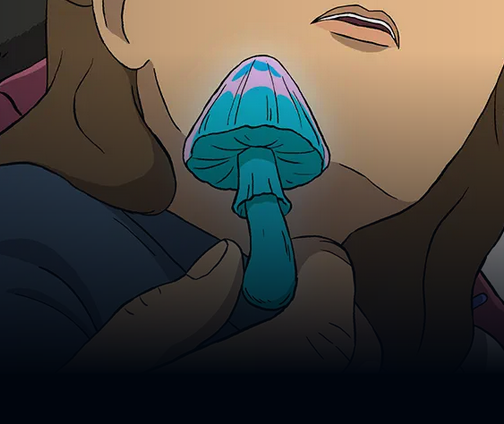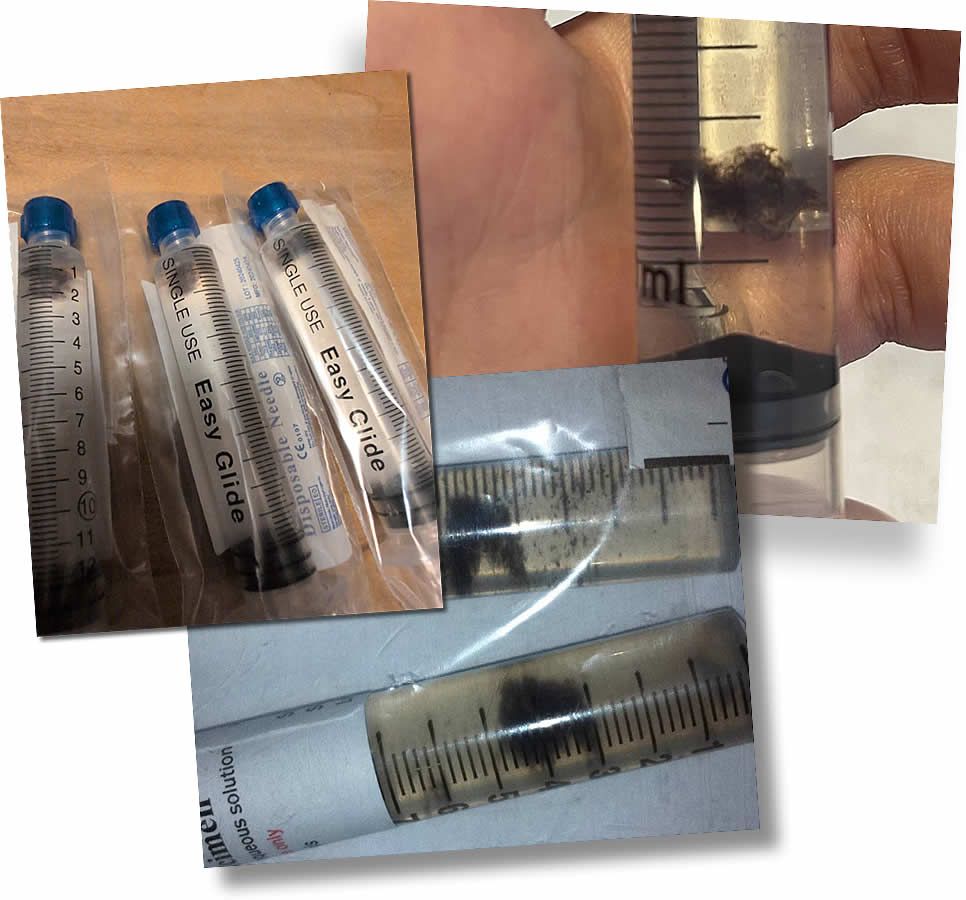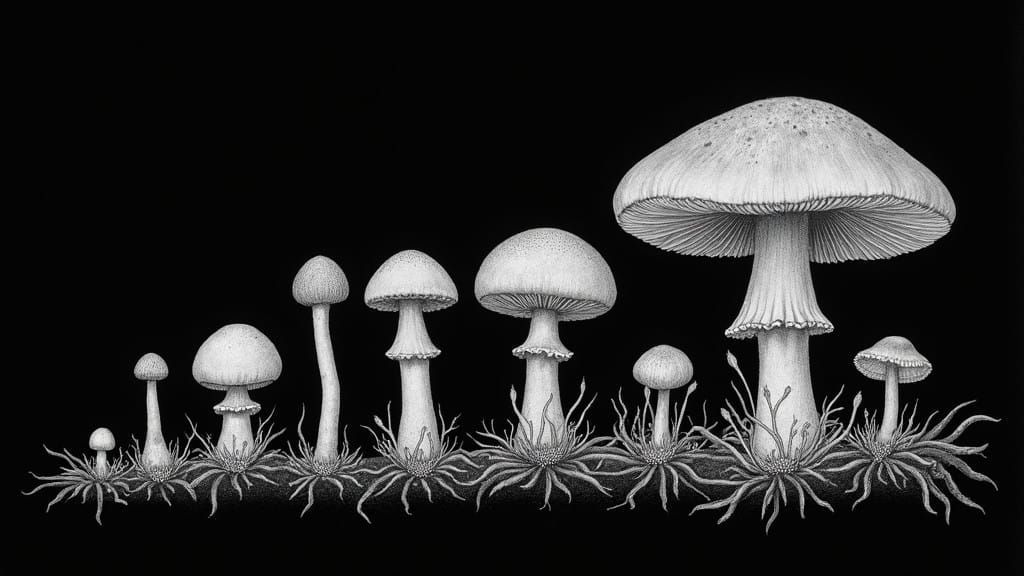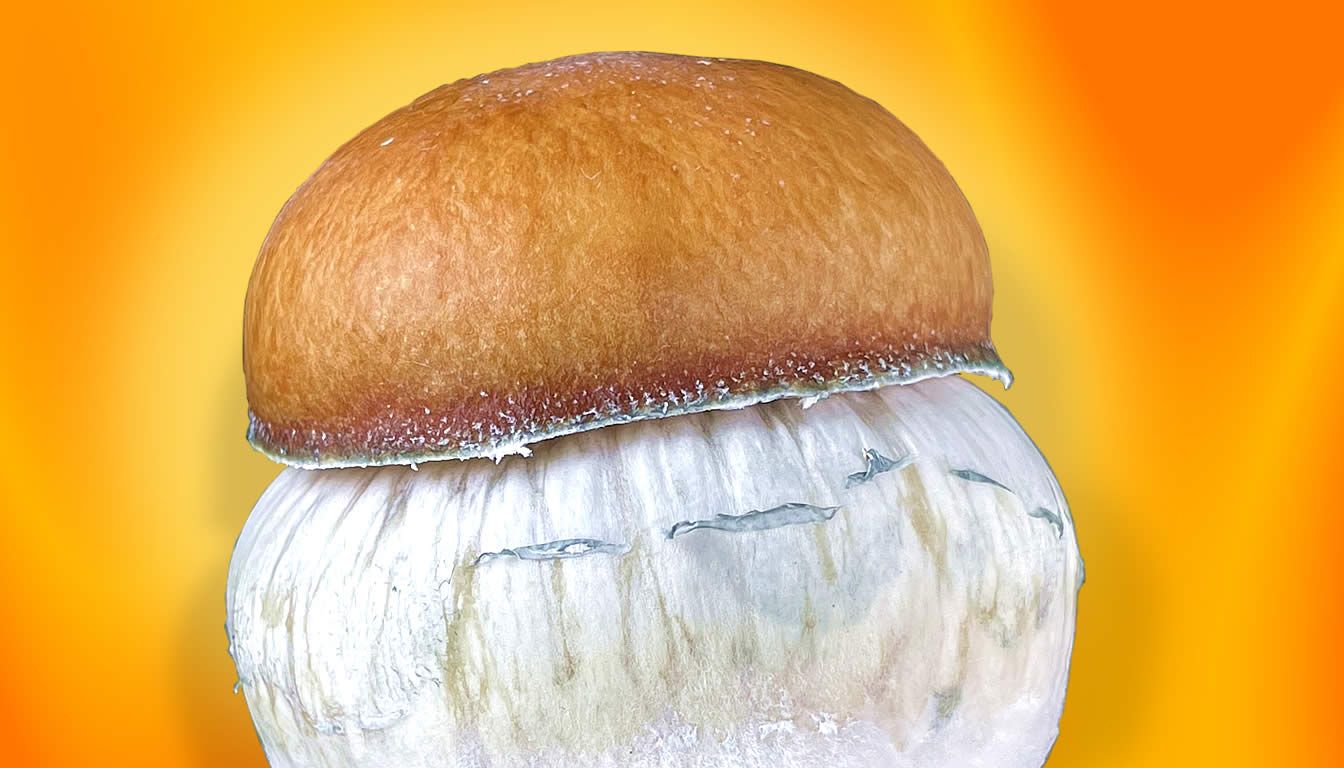"Bio-hybrid" robot that uses fungi as the nervous system
The Future of Fungi: Bio-Hybrid Beings with Myco Based Brains
How Robots Powered by Fungi Could Reshape the Future
Scientists at Cornell University have developed a groundbreaking “biohybrid” robot that moves in response to signals from the nervous system of
fungi. These robots incorporate mycelium—the intricate root system of fungi—to sense and communicate through electrical signals. By
growing mycelium directly into the robot’s electronics, researchers have created a system where natural signals drive the machine’s movement.
While the idea of fungi "thinking" or making decisions is controversial, the potential applications of this technology are vast, ranging from medical innovations to military advancements. However, such developments also come with significant ethical and practical concerns.
How Fungi-Powered Robots Work
At the core of this technology lies mycelium’s ability to process and transmit electrical signals. The researchers at Cornell grew the mycelium directly into the robots’ electronic systems, effectively embedding a biological brain into a mechanical body. The biohybrid robots come in two forms: one with wheels and another spider-shaped with soft legs. Both prototypes can respond to stimuli such as ultraviolet light and environmental changes. When the mycelium detects such stimuli, it sends signals to the robot’s actuators, triggering movement.
Currently, these robots function through simple signal-response mechanisms. For example, they move in predictable ways when exposed to light. There is no indication that the mycelium is making conscious decisions; instead, it merely acts as a biological switchboard, routing electrical signals. Critics argue that this is far from the fungi "thinking," as these robots rely on preprogrammed responses. Yet, this simplicity is precisely what makes the technology intriguing: it offers a low-energy, sustainable alternative to traditional robotics by leveraging natural processes.
Future Applications of Fungi-Powered Robots
Medical Innovations: Biohybrid Prosthetics
One of the most exciting potential applications of fungi-powered robotics lies in the field of medicine. Imagine a prosthetic limb controlled by a network of mycelium that interfaces directly with the human nervous system. Instead of relying on invasive neural implants or bulky external controls, the prosthetic could respond to natural nerve signals transmitted through the mycelium. This would create a seamless, intuitive experience for the user.
For example, a war veteran with a limb amputation could use such a prosthetic to regain mobility and even sensory feedback. The mycelium’s ability to regenerate could make the prosthetic self-healing, reducing the need for costly repairs. This fusion of biology and technology could revolutionize how we approach physical rehabilitation and accessibility.
Military Stealth Robotics
In military applications, fungi-powered robots could be game-changers. These biohybrid machines might excel in environments where traditional electronics falter, such as dense forests or areas with high electromagnetic interference. Picture a spider-shaped robot designed to scout enemy territory. Using mycelium to process environmental stimuli, it could detect chemical traces of explosives or biological agents. Operating silently and blending into natural surroundings, it would be almost impossible to detect.
Additionally, these robots could biodegrade upon destruction, leaving no trace of their existence. This feature would be invaluable for covert operations, offering a tactical advantage in modern warfare.
Environmental Guardians
Beyond medicine and military, fungi-powered robots could play a crucial role in environmental protection. Equipped with sensors integrated into their fungal networks, these robots could monitor soil health, detect pollutants, and even assist in reforestation efforts. Imagine a wheeled robot capable of traversing a forest, analyzing soil pH levels, and planting fungal spores to restore damaged ecosystems. These robots could act as the first responders to environmental crises, identifying and addressing issues before they escalate.
In the aftermath of an oil spill, for instance, fungi-powered robots could detect contamination levels and deploy specific fungal species known to break down hydrocarbons. This approach could speed up natural remediation processes and minimize long-term damage to ecosystems.
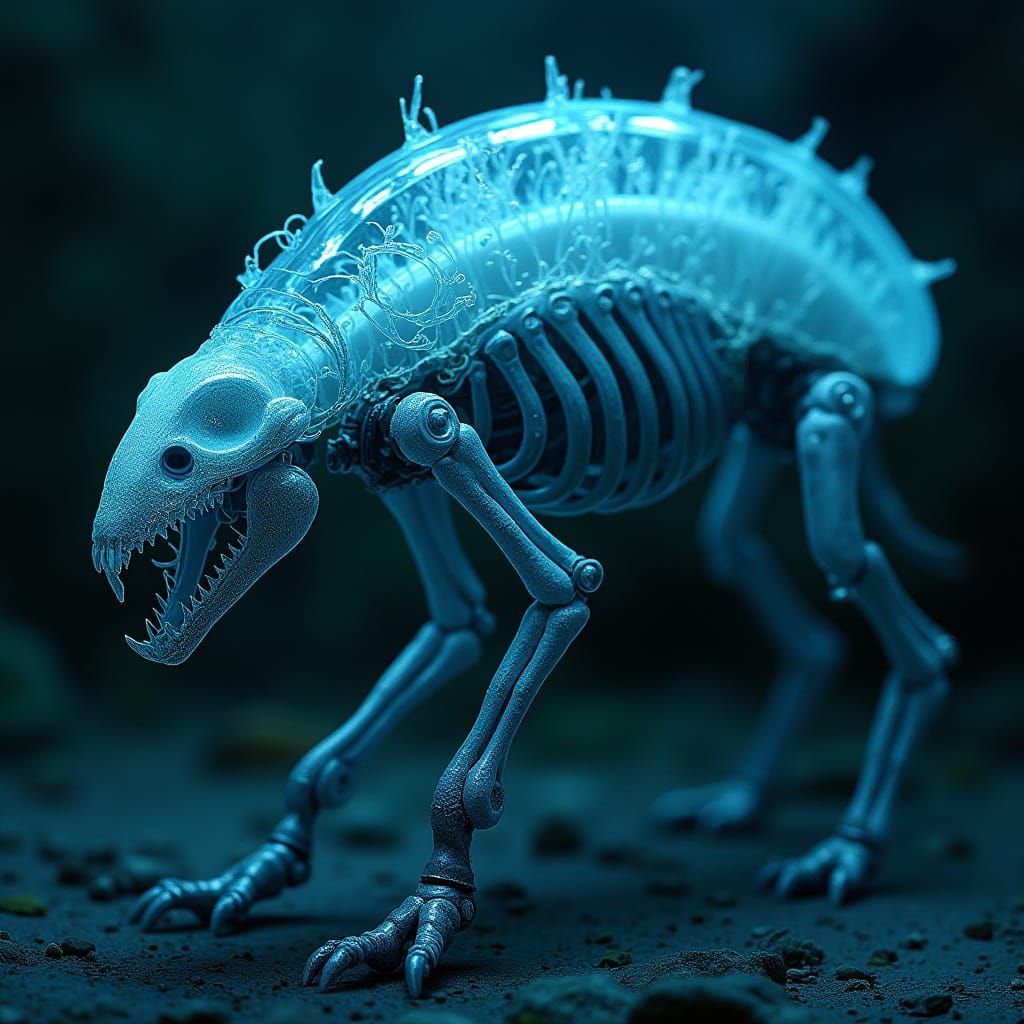
Ethical Concerns and Fears
Loss of Control
One major concern is the potential loss of control over biohybrid systems. While current robots operate on simple signal-response mechanisms, future iterations could become more autonomous. For instance, a military surveillance robot might malfunction, responding unpredictably to environmental triggers and entering areas it wasn’t designed for. In extreme cases, these robots could misinterpret signals, causing unintended harm or damage.
Moreover, the integration of biological systems into robotics could make them vulnerable to hacking. A hostile entity could theoretically manipulate the mycelium’s signal pathways, using biohybrid robots for cyberattacks or biological warfare.
Blurring the Line Between Life and Machine
As biohybrid robots become more advanced, they could raise ethical questions about the nature of life and consciousness. While current systems lack awareness, future iterations might develop complex behaviors that mimic intelligence. Imagine a robot displaying signs of learning or memory through its fungal network. Even if it isn’t truly conscious, the perception of awareness could spark debates about its rights and ethical treatment.
Would dismantling such a robot be akin to harming a living organism? This philosophical dilemma highlights the need for clear ethical guidelines as this technology evolves.
Ecological Impact
Deploying fungi-powered robots on a large scale could inadvertently disrupt ecosystems. For example, robots equipped with mycelium might spread invasive fungal species to areas where they don’t belong, outcompeting native organisms and harming local biodiversity. Consider a scenario where robots designed to clean polluted rivers accidentally introduce a fungal species that disrupts the aquatic ecosystem, creating a new environmental crisis.
Autonomous Warfare
The prospect of autonomous fungi-powered robots in warfare is particularly alarming. Imagine a swarm of biohybrid drones carrying fungal spores programmed to devastate enemy crops. Such bioweapons could escalate conflicts and create ethical dilemmas about the use of living organisms in warfare. Autonomous systems might also make decisions beyond human oversight, increasing the risk of unintended consequences.

Conclusion
Fungi-powered robots represent a fascinating convergence of biology and technology, offering potential breakthroughs in medicine, military, and environmental conservation. These systems leverage the natural signal-processing abilities of mycelium, creating sustainable and versatile machines. However, they also raise profound ethical and practical concerns. As we venture further into this biohybrid frontier, it is crucial to weigh the benefits against the risks, ensuring that this technology develops responsibly and ethically. The question isn’t just whether we can build these robots, but whether we should—and under what conditions.
Premium Cubensis Mushroom Spores <
High Quality Liquid Cultures <
